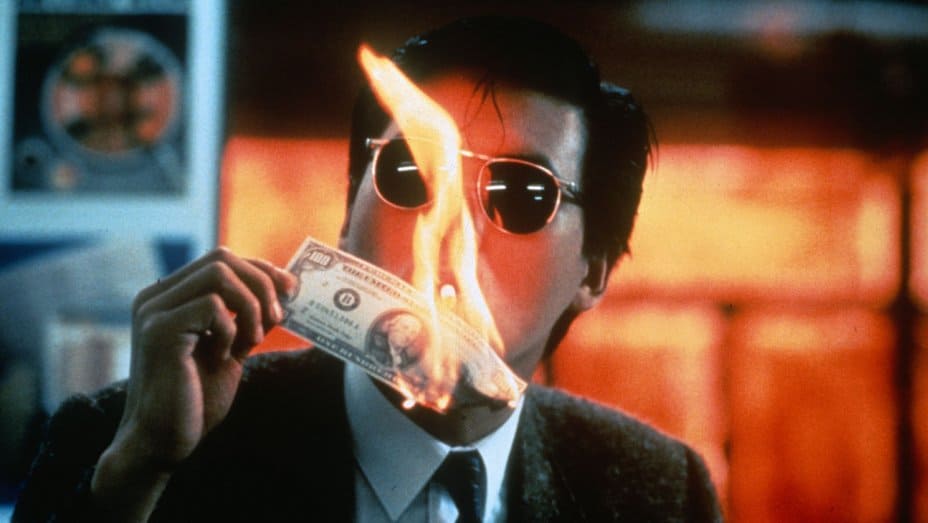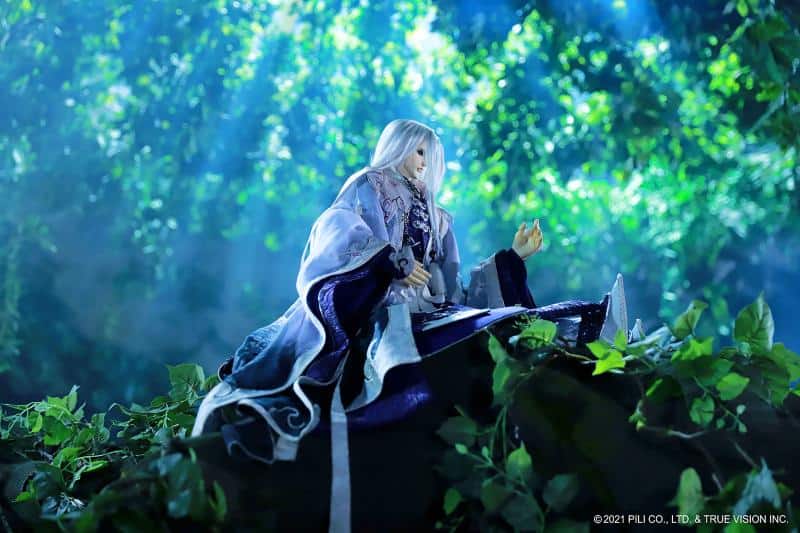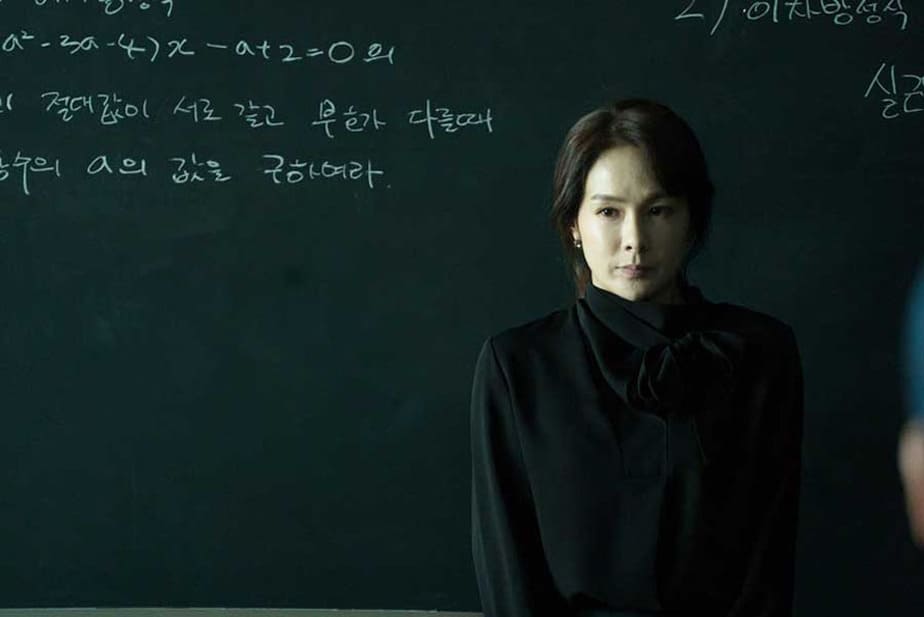The trilogy is based on the six-volume, autobiographical novel by Junpei Gomikawa, published from 1956 to 1958. It is considered one of the masterpieces of world cinema and established Masaki Kobayashi as one of the most important directors of the “Golden Age” of Japanese cinema.
A true odyssey.
The film follows the Sisyphean life of Kaji, a pacifist and socialist who finds himself repeatedly crushed by the totalitarian Japanese regime of the World War II era, as he tries to avoid becoming an actual soldier.
His odyssey starts from a Manchurian POW camp, where he tries to bring justice to the Chinese POW's, who suffer miserably in the hands of the Japanese authorities. His superiors fight him at every step, as he deals with corruption and the inhumanity of the army.
Next, he is sent to the front, where he is placed in charge of the new recruits. Here, his main opponent is the veterans, who do not seem to stop torturing the new recruits and Kaji himself. The situation becomes even worse when they have to actually face the Russian army.
In the last part of the trilogy, he is in charge of a band of army survivors, as they try to reach the border to south Manchuria. Their trip will bring them to a village almost exclusively occupied by women, and in a Russian POW camp.
A deep look into human nature.
Kobayashi directs a film about existential despair and the dilemma of a man who rejects existing society, but has to remain with it. His struggle is a series of truly heroic acts, as he tries to avoid being tainted and even corrupted by the system.
Kaji is driven by compassion and a sense of justice, both of which are repeatedly proven not to have any place in the army or the war. Furthermore, he is never rewarded for his virtue, but instead is repeatedly and brutally punished, both psychologically and physically, both directly to him and indirectly, towards the people he wants to protect.
A harsh critique of war, army, and the Japanese people.
Kobayashi pulls no punches in the depiction of his subjects. According to him, not only war, but the army by itself strips individuals from any dignity, transforming them, in the process, into beasts. Kaiji's struggle to avoid his fate is one of the most impressive and meaningful aspects of the film.
Furthermore, the Japanese people, and particularly the imperialists and military men are portrayed with the darkest colors. They are liars, thieves, greedy, unjust, drunk on authority, driven only by basic instincts, and utterly misguided, since they cannot seem to grasp their critical situation as they lose the war, despite every evident that comes their way. «Man is a mass of lust and greed» says a character in the first part, and this sentence encompasses Kobayashi's opinion of his compatriots. His take is even more exemplified in the comparison with the Russians, who, at times are depicted as the exact opposite.
It was a very brave effort by Kobayashi to portray his people in that fashion, as Japan had not yet started to look sincerely at the country's imperialistic past. Inevitably, it caused much controversy when it was screened.
And somewhere among this hell, love.
Kobayashi, however, managed to present love, among all these hideous occurrences and situations, as one of the strongest driving forces. When Kaiji is stripped of everything, he realizes that what drove him all along was his love for his wife.
A cinematic masterpiece.
Technically, the film exemplifies the abilities of all its technical crew, that took on a huge production, which took four years to complete and lasts for more than 9 hours.
Kobayashi's attention to every detail, in order to present the different environments and characters as realistically as possible paid off in the end, with the film being a true ode to realism. The fact that it includes shots in military camps, a factory and a mine, small villages, forests, and during every season of the year is a clear testament to its size and the effort put by its crew.
The most impressive scenes are the ones during actual war , with the horror of battle being elaborately portrayed, and exemplified by the special effects of the explosions and the sound of gunshots. Overall, every single battle in the film is quite impressive, retaining, though, the movie's realistic approach.
In that aspect, Yoshio Miyajima in cinematography and Keichii Uraoka in editing have done a splendid job in both aspects. Chuji Kinoshita's music artfully accompanies the visual aspect, heightening the sentiment Kobayashi wants to communicate in each scene.
One of the greatest performances of all time.
As Kaji, Tatsuya Nakadai gives an astonishing performance in his first leading role, in a work that established him as one of the greatest Japanese actors of the era.
His role is exceedingly difficult, since, apart from having to portray almost every feeling and psychological condition known to man, he is present, virtually, in every scene. Furthermore, the realism Kobayashi wanted to depict, took a sizeable toll on Nakadai, who suffered physical hits from the beatings, and even had to lie face-down in a field, with the cameras not stopping until he was completely covered in a mound of snow.
However, he delivers in immaculate fashion, providing a solid anchor for every scene in the film.
“The Human Condition” is one of the greatest films of all time and a must-see for every fan of cinema.
“The Human Condition Trilogy” is available from Arrow Films in Limited Edition Dual Format, including Blu-ray & DVD.
The extras include:
High Definition Blu-ray (1080p) and Standard Definition DVD presentations, Original Japanese mono soundtrack (uncompressed PCM on the Blu-ray), Optional English subtitles, Introduction to the film by critic Philip Kemp, Selected-scene commentary by Philip Kemp, Theatrical trailers, and a Booklet featuring archival interview with director Masaki Kobayashi, and a scholarly essay discussing post-World War II Japanese culture
















Wow I Need to check this out! fantastic